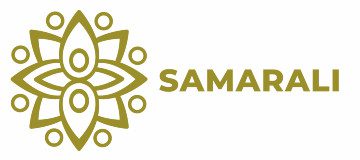Start /
Meditation products
Our collection of meditation products is produced from 100% organic cotton (GOTS certified). All our products are praised for their comfort, design, and resilience – and they come in 7 natural colours!
-
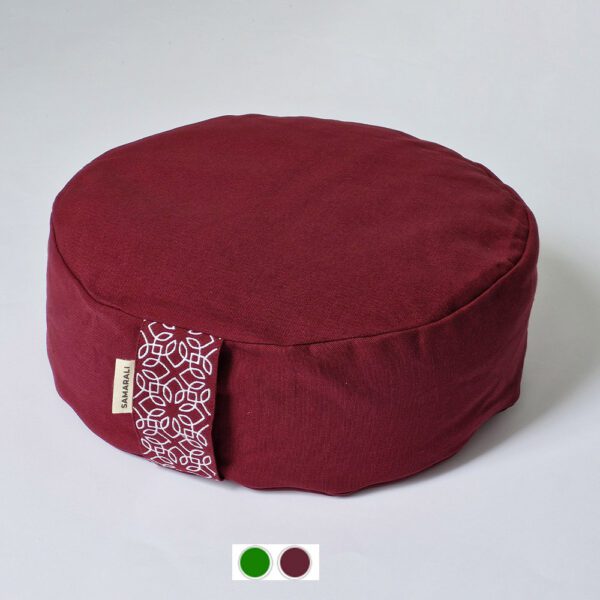
Round meditation cushion – XL
€47,95 -
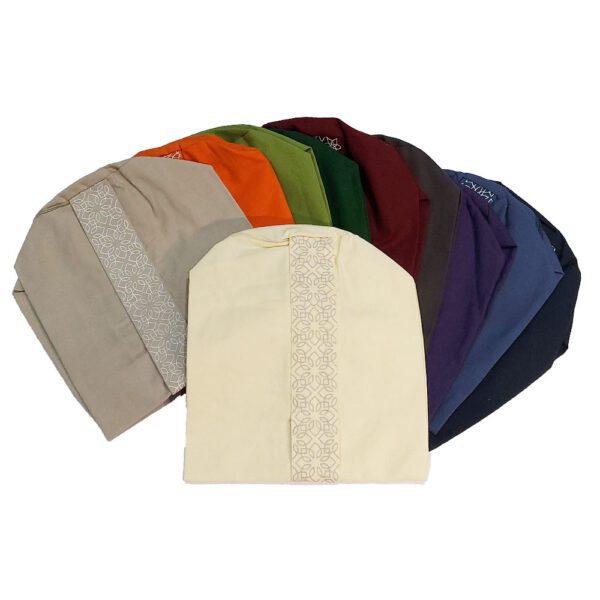
Organic Cotton Bolster Covers
€29,00 -
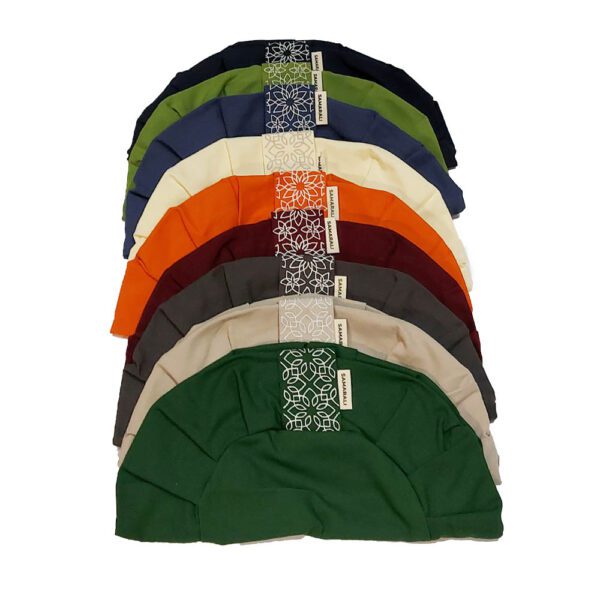
Organic Cotton Meditation Pillow Covers
€23,00 -
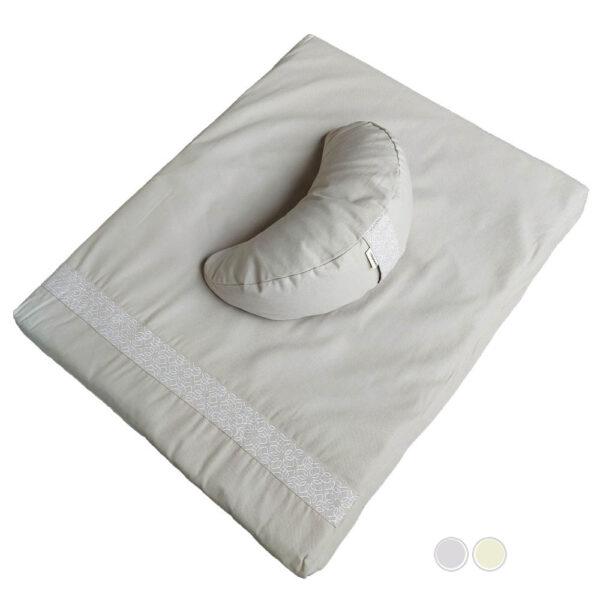
Zafu Zabuton Set with Wedge Cushion
€92,00 -
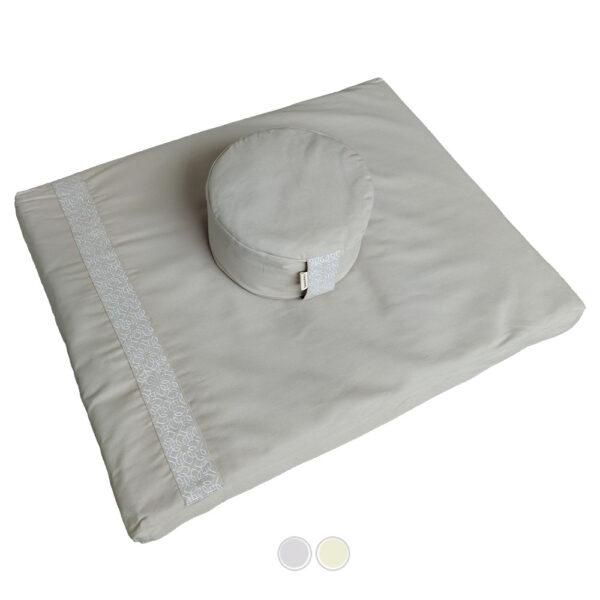
Zafu And Zabuton Set With A Lotus Round Pillow
€92,00 -
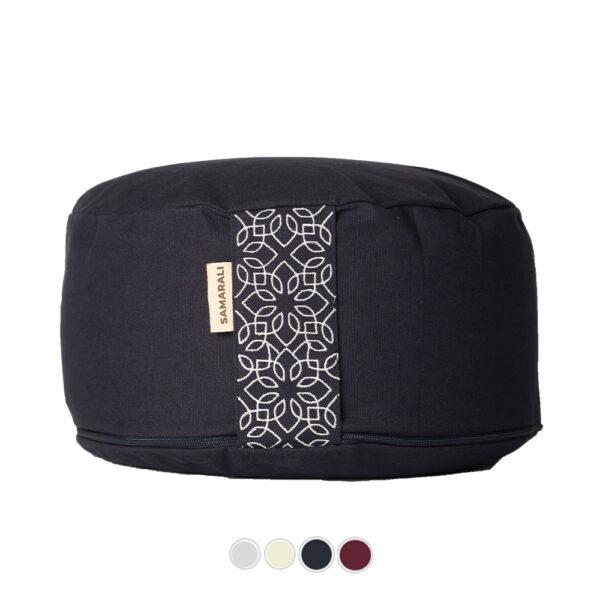
Round Meditation Pillow Lotus
€42,00 -
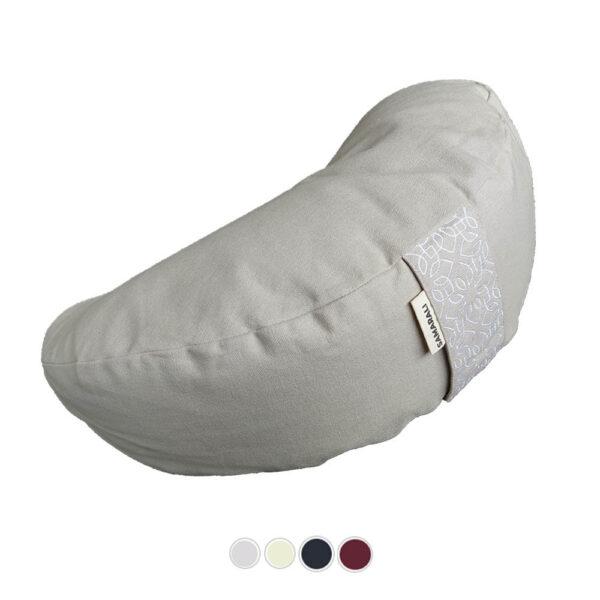
Wedge Meditation Pillow
€42,00 -
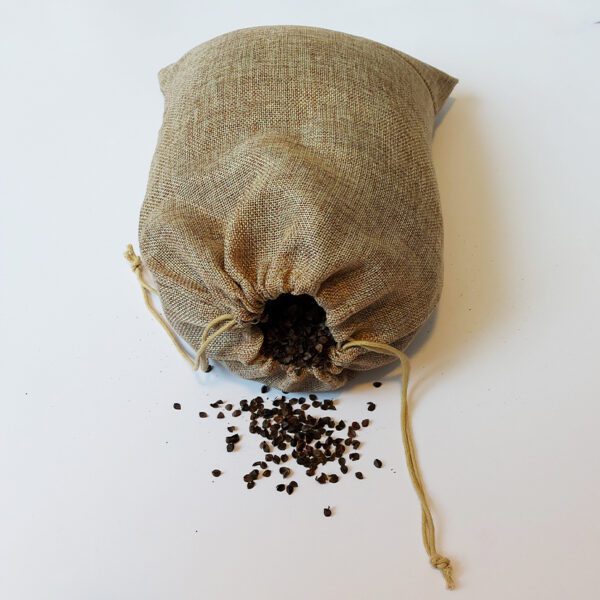
Buckwheat hulls
€7,00 -
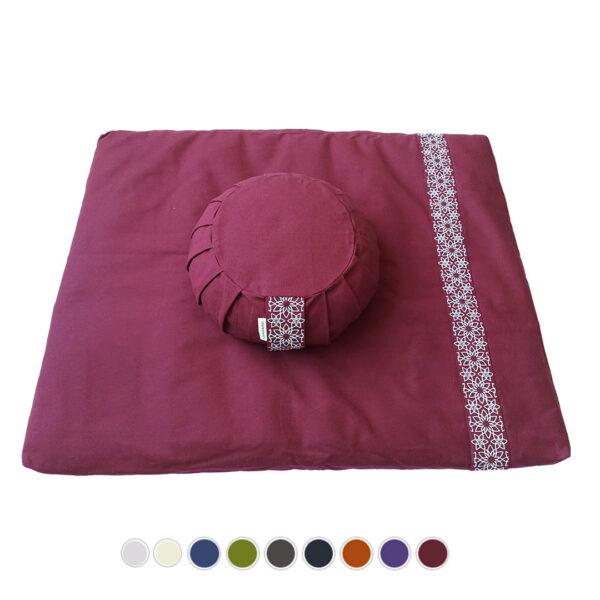
Meditation set with cushion zafu
€92,00 -
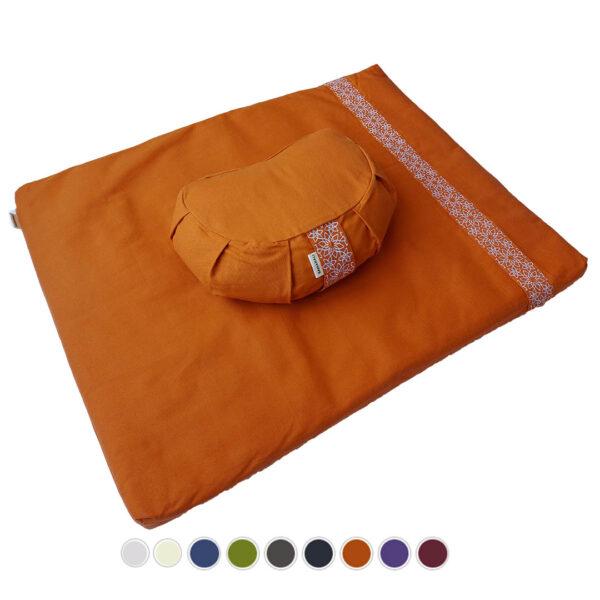
Meditation set with cushion crescent
€92,00 -
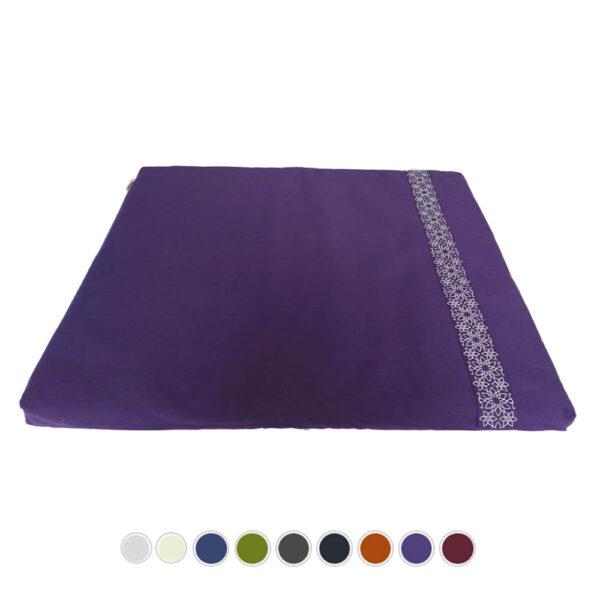
Meditation mat zabuton
€65,00 -
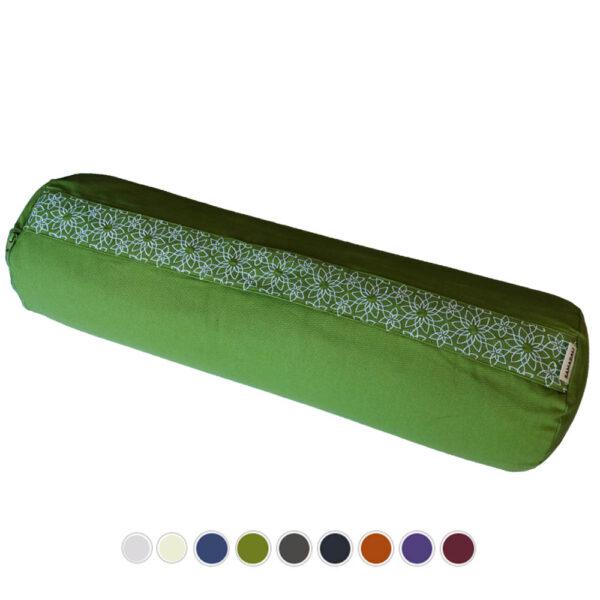
Yoga Bolster
€55,00 -
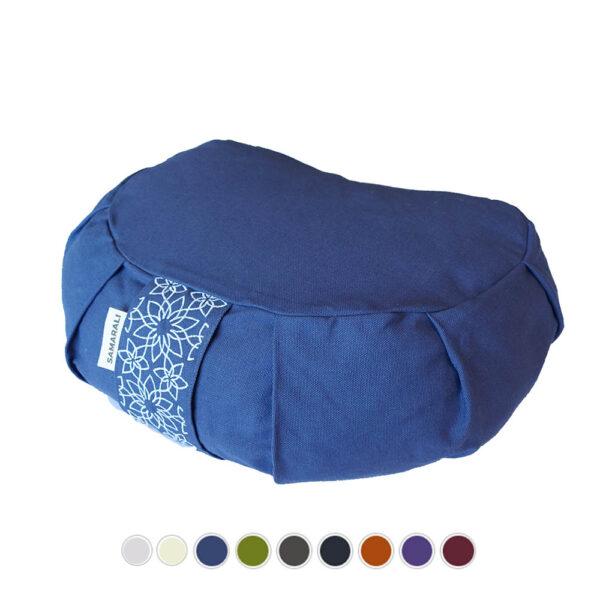
Crescent meditation cushion
€42,00 -
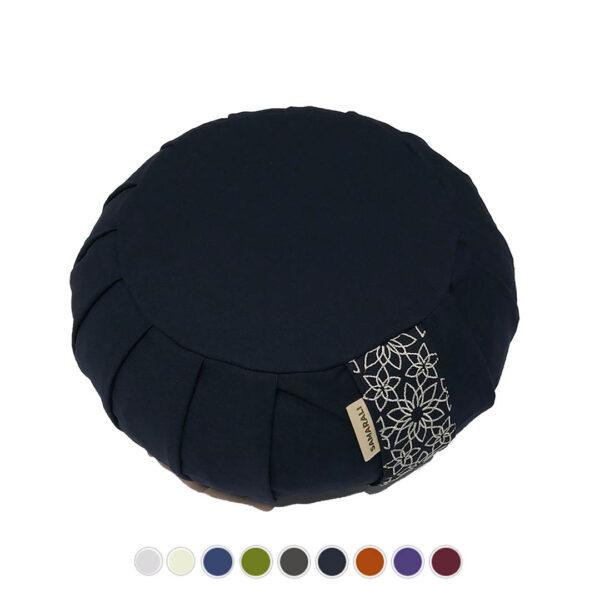
Zafu meditation cushion
€42,00
How to meditate and what do I need for that
“A steady continuous flow of attention directed towards the same point or region is meditation” Yoga Sutras.
When we meditate, we bring our mind to one point and keep it there with no effort whatsoever. We experience we are in the moment.
Sports psychologists call this moment “the zone”; the place where the musician and the instrument disappear, and there is only the music.
All of us can live from this place if we practice, but the technique can be different.
For some of us, it works by sitting and meditating, others achieve stillness and concentration in asana practice or pranayama.
How to begin meditation?
People that meditate usually sit in a crossed-legged position.
Sitting is the best position for beginning meditation. If you lie down, especially in the beginning, you risk losing awareness and falling asleep.


Sitting in an alert position keeps you awake and focused, but frees your mind from having to process information (like where to go if you walk).
While you are sitting, you will practice focusing on something. It could be an image, a word, or your breath.
Meditation is about making the mind still while keeping the body awake, but relaxed.
In order for mental stillness to happen, you must first make your body still. To do that, you will sit.
In the Western world, we are not used anymore to sitting cross-legged, with an upright spine and closed eyes.
Hips and spine lose flexibility and meditating for 10, or even 20 minutes can be challenging.
Especially if you are new to meditation, the help and support of meditation cushions or bolsters can make a lot of difference.
It is easier to sit upright for a long time on a meditation pillow.
One of the prerequisites to still the mind is to find comfort in the body.
If we feel discomfort or even pain in the lower back, hips, or knees, it will be almost impossible to reach quietness and peacefulness.
How do I choose a meditation pillow?
At Samarali you can find different cushions to choose from, based on your needs and body type.
When choosing your cushion you need to keep in mind the flexibility of your hips, ankles, and knees.
As a rule of thumb, the less flexible you are the more height you will require from your support.
You can choose amongst 3 types of sitting supplies at Samarali.
Zafu meditation cushion
The Zafu type, filled with buckwheat hulls, provides a softer, flexible base for users.


Pillows filled with this material have been compared to beanbag chairs in that they will conform to the shape of your body.
If you feel comfortable in a cross-legged position, a slightly higher round meditation cushion is nicer.
Crescent meditation cushion
The Crescent mediation cushion provides a wider base for the hips and thighs and is thus ideally suited to individuals with limited mobility and chronic lower back or knee problems.
The natural slope of the pillow also encourages alignment, as practitioners will not need to maintain a specific position on the cushion to ensure proper posture.
The crescent-shaped is a bit lower, thus it can be used by people already quite flexible in their hips.
Zabuton meditation mat
The Zabuton holds a special place within Japanese culture. Za means sitting, and the futon is the thick-padded cotton floor mattress. So a zabuton is essentially a futon for sitting.
A Zabuton mat has more uses.
The traditional way to sit on zabuton is in the seiza style where you kneel, legs tucked underneath you, with the tops of your foot resting on the floor, but they are also used cross-legged.
An alternative sitting position if you experience tightness in the hip area.
If yoga is more your thing, then your Zabuton can come in handy here as well.
It is often used as a cushion to support the head while lying on your back or for sitting on while stretching, or for cushioning your knees from the ground if needed.
There are many ways to get creative with the zabuton to make for a longer and more comfortable yoga session.
Meditation set
You can combine the crescent shape or the Zafu with the Zabuton. Both cushions are the perfect additions to your rounded type meditation gear.
The Zabuton protects your knees and feet against the hard floor and keeps them warm during practice.


Yoga bolster
An alternative to the most common meditation set is the bolster. A bolster is a versatile support.
It can be used as a sitting pillow for meditation practice as well as yoga practice, such as in Savasana under your knees, or during Restorative and Yin Yoga practices.
Meditation space
Choose also a cushion in a color that you like and fits with your meditation space.
Making a place comfortable and good-looking with ornaments like candles, and incense has a positive effect on your motivation to practice regularly.
Moreover, a harmonious meditation spot also helps you to relax faster.
